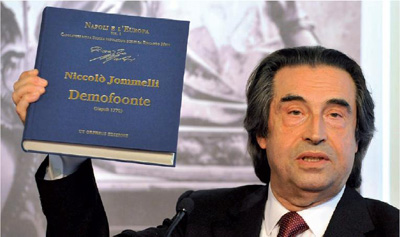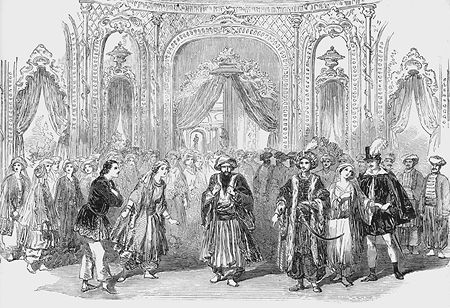Ricordi’s Disposizioni sceniche (1856–93) reflect the nineteenth-century concept of definitive operatic stagings. These manuals describe the scenery of each opera through plans and diagrams, and outline the entrances, exits, gestures, movements, and positions of the characters; they also provide a list of stage accessories. In most cases, the date and location of the described performance are indicated on the title page.
 This practice was continued by the Casa Musicale Sonzogno, which issued seven Messe in scena manuals between 1894 and 1922; the Italian market for them dried up in the 1920s, when the concept of an ideal performance as a reproducible model waned and directorial creativity was increasingly valued.
This practice was continued by the Casa Musicale Sonzogno, which issued seven Messe in scena manuals between 1894 and 1922; the Italian market for them dried up in the 1920s, when the concept of an ideal performance as a reproducible model waned and directorial creativity was increasingly valued.
This according to “The Messa in scena of the Casa Musicale Sonzogno: An iconography of stage direction at the end of the nineteenth century” by Laura Citti (Music in art XXXIV/1–2, pp. 245–253). Above, a sketch made for the Società degli Scenografi della Scala e del Teatro Lirico Internazionale for the Café Momus scene in Leoncavallo’s La bohème; inset, a page from Sonzogno’s Messa in scena for Massenet’s Manon (click to enlarge).











